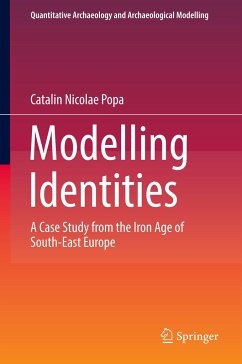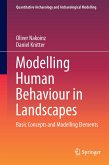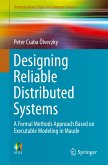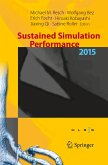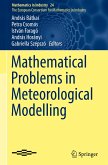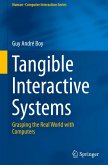This volume investigates the construction of group identity in Late La Tène South-East Europe using an innovative statistical modelling method. Death and burial theory underlies the potential of mortuary practices for identity research. The sample used for this volumes's research consists of 370 graves, organized in a specially crated database that records funerary ritual; and grave-good information. In the case of grave-goods, this involved found hierarchically organized categorical variables, which serve to describe each item by combining functional and typological features.
The volume also aims to show the compatibility of archaeological theory and statistical modelling. The discussions from archaeological theory rarely find methodological implementations through statistical methods. In this volume, theoretical issues form an integrative part of data preparation, method development and result interpretation.
The volume also aims to show the compatibility of archaeological theory and statistical modelling. The discussions from archaeological theory rarely find methodological implementations through statistical methods. In this volume, theoretical issues form an integrative part of data preparation, method development and result interpretation.

